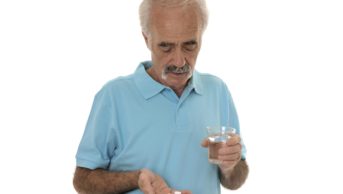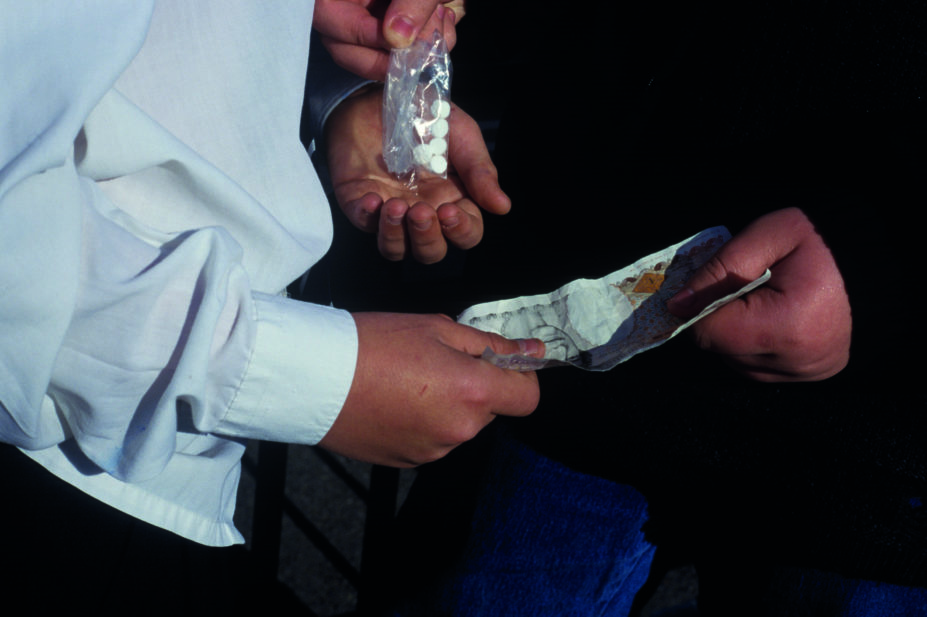
Pauline Cutler / Alamy Stock Photo
The problems around alcohol and illicit drug use among young people are well documented, but following a rise in reports of teenagers and university students misusing prescription drugs, pharmacists in the UK are being warned to be vigilant.
According to experts, the issue is two-fold, with some young people taking prescription drugs for recreational purposes in order to relieve anxiety or relax, while others use them for a stimulating effect to improve their academic performance.
In June 2017, UK Addiction Treatment (UKAT) Centres, a specialist addiction agency that deals with over-18s and has around 140 beds, reported that prescription and over-the-counter (OTC) drug addiction had increased by 22%. UKAT[1]
founder Eytan Alexander estimates that at least 10% of those entering his facilities are aged under 24 years.
People can get prescription drugs through legitimate supply chains and supply them to young people
“These products can be easily traded on the black market and people can get prescription drugs through legitimate supply chains and supply them to young people,” he told The Pharmaceutical Journal.
Although there is little nationwide data on the prevalence of prescription drug abuse among young people in the UK, there are an increasing number of reports and anecdotal evidence to suggest the problem is growing.
In April, a number of Year 11 students at a secondary school in west London were taken to hospital after taking Xanax (alprazolam), a benzodiazepine that causes drowsiness, lethargy and forgetfulness, as well as problems with concentration, headaches and vertigo. It is highly addictive and its side effects can last for several days. It is understood that a pupil brought the tablets to the school wrapped in chewing gum and distributed them in the playground.
The following month, up to 20 teenagers in Salisbury needed medical treatment after taking the same drug.
Chief inspector Pete Sparrow of South Wiltshire Police, who investigated the incident in Salisbury, says the drugs were bought on the street for as little as £1 per tablet and that the problem is widespread.
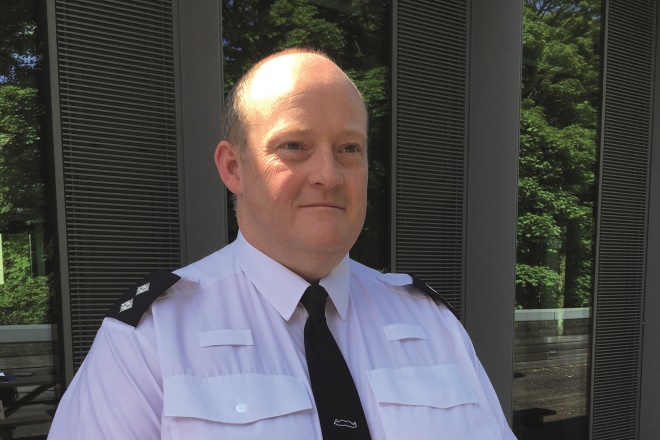
Source: Courtesy South Wiltshire Police
Chief inspector Pete Sparrow of South Wiltshire Police, who investigated an incident of teenagers illicitly taking benzodiazepines in Salisbury, says prescription drugs are being bought on the street for as little as £1 per tablet and the problem is widespread
“I am aware from talking to parents that it is a problem in others areas of the country, but that it has not become public yet,” Sparrow says. “It is sort of linked to celebrities in the United States who take it as a drug of choice and where there have been deaths. We grew up with alcohol as the drug of choice, but now children like to push the boundaries.
“The incident arose out of nowhere,” he adds. “It is a trend we did not see coming. It is widespread and we are certainly not alone in this.”
Students using prescription rather than street drugs
In the United States, it is thought that more than 20% of young people will have used a prescription drug for non-medical purposes by the time they reach age 18.[2]
And in the first major report on non-medical use of prescription drugs, the United Nations Office on Drugs and Crime[3]
reported that more highly educated college students are most likely to use prescription rather than street drugs. The report suggests that young people may be moving from illicit drugs to prescription drugs as they are more readily available and may be seen as more socially acceptable.
25% of those who begin abusing prescription drugs at age 13 or younger will develop a substance use disorder
The country’s National Institute on Drug Abuse says that 25% of those who begin abusing prescription drugs at age 13 or younger will develop a substance use disorder at some time in their lives[4]
.
Addaction, one of the UK’s largest drug and mental health treatment charities, has called for more research to be carried out in this country to establish the true extent of the problem, with Roz Gittins, the charity’s chief pharmacist, saying that the situation is definitely getting worse.
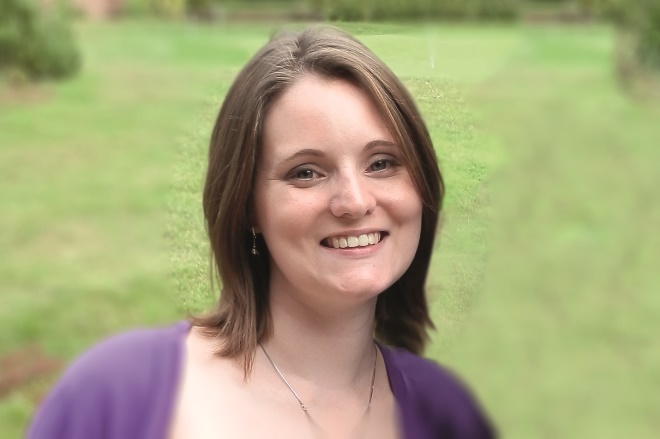
Source: Courtesy of Roz Gittins
Roz Gittins, the chief pharmacist at Addaction, one of the UK’s largest drug and mental health treatment charities, has called for more research to establish the extent of the problem in the UK
“We are seeing that more benzodiazepines are being sold on the street to school-aged children, which we believe is more dominant than a few years ago,” she says, adding that she suspects the recent publicity highlighting the issue is only the ‘tip of the iceberg’.
Pharmacist prescribers should be mindful when prescribing and staff should be vigilant when supplying medicines
“Pharmacy staff have a huge role to play in this,” she continues. “For instance, pharmacist prescribers should be mindful when prescribing medicines and pharmacy staff should be vigilant when supplying medicines, either on prescription or over the counter, that have the potential to be misused.”
People misuse substances for different reasons, including curiosity, media influence, boredom, to help manage emotions, or in the case of cognitive enhancers, in an attempt to improve performance in exams, she explains.
Many drug classes misused
“The problem is not limited to opioids or benzodiazepines either,” Gittins says. “Many medicines can be misused, particularly if they have a sedating profile or if they potentiate the effects of other substances. Examples include z-drugs such as zopiclone; antihistamines such as cyclizine and promethazine; antiepileptics such as pregabalin; antidepressants such as amitriptyline; and antipsychotics such as olanzapine and quetiapine. Other medicines may be misused for other reasons, such as the wakefulness-promoting agent modafinil as a cognitive enhancer, laxatives to lose weight, and hyoscine, used to treat motion sickness, which, if crushed and smoked releases scopolamine, which can be hallucinogenic.”
Azadeh Makvandi, team leader at Insight (part of Blenheim), a charity that works with young people aged 8 to 35 years who have drug and alcohol issues in central London, agrees that the problem of misuse of prescription drugs in this age group is definitely on the rise.
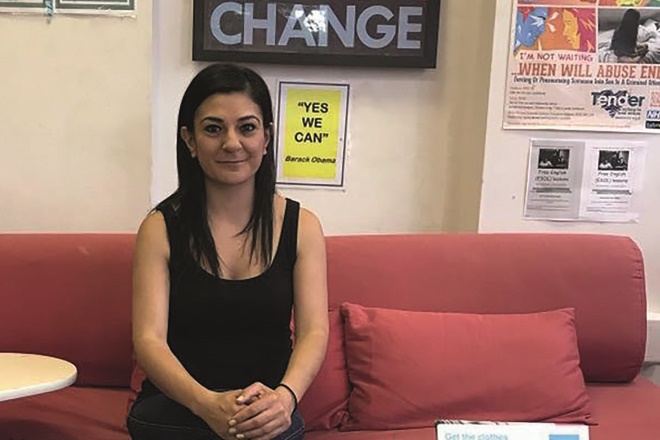
Source: Courtesy of Azadeh Makvandi
Azadeh Makvandi, team leader at Insight, a charity that works with young people aged 8 to 35 years who have drug and alcohol issues in central London, agrees that the problem of misuse of prescription drugs in this age group is definitely on the rise
“When we treat our young clients, they do not see prescription drug misuse as a criminal offence or a form of abuse, even though it has not been prescribed for them. We have seen school children aged 15 to 16 years take Valium or Xanax and it affects their relationships, school attendance, attitude and motivation.
Over time some prescription drugs can raise anxiety, increase disturbed sleeping patterns and can cause seizures
“I have been working with one 15-year-old boy who has been taking Xanax and cannabis since summer 2016. He came our way after his father noted his poor school attendance. He was taking it to relieve anxiety and help him calm down, but over time these drugs can raise anxiety, increase disturbed sleeping patterns and can cause seizures.”
Abuse of ‘smart drugs’ to enhance academic performance
Last month (May 2017) an article in The Guardian
[5]
highlighted concerns about the misuse of so-called ‘smart drugs’ by university students to improve academic performance.
Also known as nootropics, smart drugs are a group of prescription drugs used to improve concentration, memory and mental stamina while studying. The most commonly used are modafinil, a prescription drug to treat excessive sleepiness with narcolepsy, and Ritalin and Adderall, both used to treat attention deficit hyperactivity disorder (ADHD).
Fabrizio Schifano, consultant psychiatrist and professor of clinical pharmacology and therapeutics at the University of Hertfordshire, estimates that up to 5% of university students are misusing these drugs although, he says, more research is needed to verify the figures.
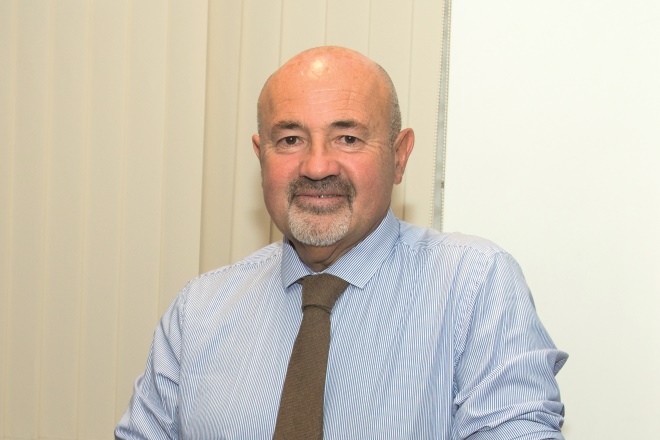
Source: Courtesy of Fabrizio Schifano
Fabrizio Schifano, consultant psychiatrist and professor of clinical pharmacology and therapeutics at the University of Hertfordshire, estimates that up to 5% of university students are misusing prescription drugs
“There are more than 120 cognitive-enhancing drugs available on the internet, including old drugs like piracetam, which I used to prescribe in my early days as a psychiatrist for older people with dementia,” Schifano says.
The list includes hyoscine and the anti-ulcer drug cimetidine, which can be abused to potentiate the effects of methadone by increasing the drug plasma concentration. Even salbutamol asthma inhalers can be abused because they expand lung capacity to allow the absorption of more illicit drugs.
The veterinary drug clenbuterol, which is used to treat asthma in horses, is also apparently being promoted by some ‘pro-anorexia’ websites as a ‘size zero’ weight loss pill because it destroys fat, says Schifano.
Side effects can be “complex”
He is primarily concerned about the “complex” side effects. In the short term, the drugs can induce anxiety as they release dopamine and noradrenaline, but as these neurotransmitters deplete, in the long term, young people feel depressed and experience a “come-down”, he warns.
As neurotransmitters deplete, in the long term, young people feel depressed
“It’s similar to taking cocaine, which causes the release of noradrenaline, so you feel elated and high initially, but not so afterwards,” he says.
Experts believe that most of these drugs are being obtained by illegally transferred prescriptions or from the internet, including online pharmacies and the dark web.
“We need more research in this area but we suspect that most of these prescription drugs are being obtained via diverted prescriptions or bought from the internet (including the dark web). It is difficult to ascertain the degree of misuse because the UK does not have a reliable mechanism for monitoring diversion,” says Addaction’s Gittins.
There is a common perception that the prevalence of diversion and illicit supply of medicines is increasing
A report by the UK’s Advisory Council on the Misuse of Drugs (ACMD) entitled ‘Diversion and illicit supply of medicines (DISM)’,[6]
acknowledges that there is a common perception that the prevalence of DISM is increasing.
The report, published in December 2016, reveals that the most prevalent diverted medicines are opioids and benzodiazepines (see table below). It says increasing amounts of gabapentin and pregabalin are being diverted and cognitive enhancers could be susceptible to diversion in the future.
The researchers call for further attention to be given to the misuse of codeine in OTC preparations as a precursor to the misuse of prescription opioids.
Intelligence information from NHS Protect[7]
, the national body that protects NHS staff and resources from crime, suggests that most diversion takes place by patients or third parties at the community pharmacy level where alterations and additions to genuine prescription stationery are made.
There have also been occasional reports of community pharmacy staff selling pharmacy-only medicines (POMs) illegally. Indeed, on 16 June 2017, a pharmacist who stole almost £5,000 worth of prescription drugs, which he then sold on the street, was jailed by judges at Snaresbrook Crown Court, in Essex.
Niren Patel, 38, of Ilford, Essex, pleaded guilty to possession with intent to supply class B and possession to supply class C drugs and two counts of fraud.
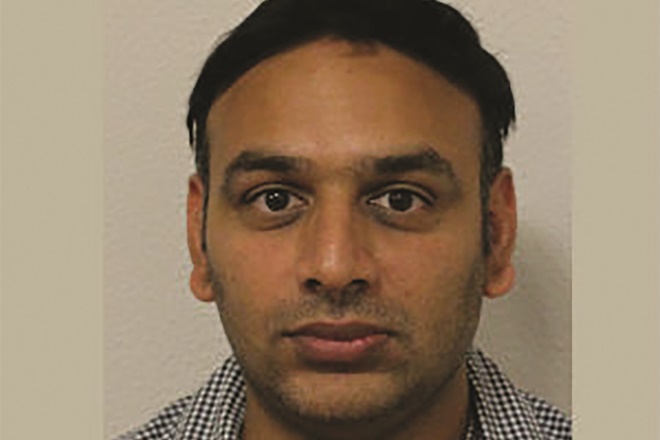
Source: Metropolitan Police
Niren Patel, 38, of Ilford, Essex, pleaded guilty to possession with intent to supply class B and possession to supply class C drugs and two counts of fraud
The court heard that Patel, who worked at Day Lewis pharmacy in Hornchurch and Hedgeman’s Pharmacy in Dagenham, created fraudulent orders for almost £5,000 worth of prescription medicines, including class C drugs such as alprazolam (Xanax), zolpidem (Ambien) and diazepam (Valium).
He also stole the class B drug Dexamfetamine, which is used for weight loss and to improve academic performance, and Genotropin, a growth hormone used by bodybuilders.
In a police interview Patel admitted he sold the drugs on the street.
Patel abused his position as a pharmacist by creating fraudulent orders for prescription drugs and then selling them on the street
Detective Constable Beverley McInerney, of the Met’s Organised Crime Command, said: “Patel abused his position as a pharmacist by creating fraudulent orders for prescription drugs and then sold them on the street. The drugs he sold are highly addictive and dangerous when given to someone without a prescription.”
More pharmacist–doctor links needed
The ACMD report calls for enhanced links between community pharmacists and clinicians to help address the problem. “The community pharmacist may be the first professional to identify an issue through, for example, early requests for repeat supplies, excessive consumption of OTC medicines and repeated requests for emergency supplies. Concerns should be reported to the local controlled drugs accountable officer,” it says.
Charities, including Addaction, are concerned that young people who misuse prescription drugs may not access treatment services because they are unaware of the support available, think they do not have a problem or do not want to mix with people using more ‘traditional’ drugs such as heroin, which has a stigma associated with it.
“Pharmacy teams rarely refer to us but they’re in an excellent position to do so, for example when dealing with over-the-counter sales or identifying an issue as part of a medicines use review,” says Gittins.
Healthcare professionals may spot a change in behaviour, excessive drowsiness indicative of intoxication, more requests for a particular medicine than is clinically appropriate, or repeated reports of ‘lost’ or ‘stolen’ prescriptions, she adds.
Healthcare professionals tend to ask about illicit drug use, but not about the abuse of prescription medicines
Insight’s Makvandi agrees: “Healthcare professionals (HCPs) tend to ask about illicit drug use, but not about the abuse of prescription medicines. It would be helpful if HCPs asked a client if they are buying any drugs on the internet and ask about all drugs they are taking. Then they would get a clearer picture of whether a person needs to be referred for treatment.”
Public Health England (PHE) supports local authorities to provide treatment services, in conjunction with the NHS, to address concerns about addiction to prescribed and OTC medicines.
“It is vital that all health professionals make every contact count with patients and are alert to possible signs of misuse and dependence, including to prescribed drugs,” Rosanna O’Connor, PHE’s director of alcohol, drugs and tobacco, told The Pharmaceutical Journal.
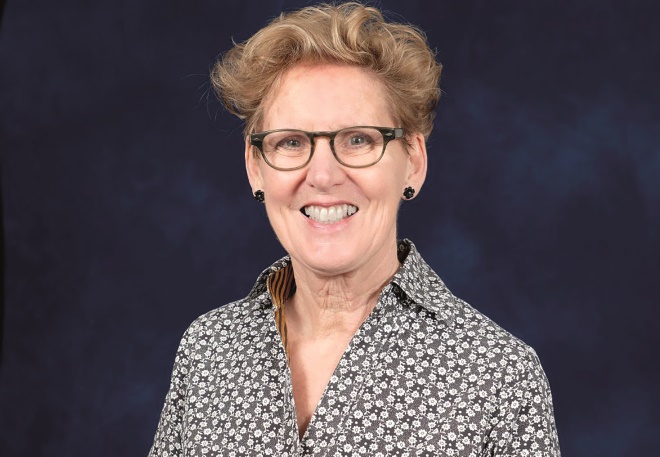
Source: Courtesy of Rosanna O’Connor
Rosanna O’Connor, Public Health England director of alcohol, drugs and tobacco said: ‘It is vital that all health professionals make every contact count with patients and are alert to possible signs of misuse and dependence, including to prescribed drugs
She adds: “Any drug addiction is a real concern and it’s important that people take medicines only as advised by their GP or health professional. If anyone is concerned they are becoming dependent they should seek help. Speaking to a GP is a good first step.”
| Drug type | Number of submissions received by the Advisory Council on the Misuse of Drugs that mentioned the class of drug |
|---|---|
| Source: Advisory Council on the Misuse of Dugs. Diversion and illicit supply of medicines. December 2016 | |
Opioids | 27 |
Benzodiazepines (including the related z-drugs) | 24 |
Other individual named compounds | 20 |
Pregabalin and gabapentin | 13 |
Anti-psychotics | 10 |
Erectile dysfunction / performance enhancing drugs | 9 |
Anti-depressants | 7 |
References
[1] Forster K. Prescription drug addiction ‘to overtake heroin use’ in UK. Independent 7 June 2017. Available at: http://www.independent.co.uk/news/health/prescription-drugs-heroin-addiction-warning-rehab-ukat-a7776986.html (accessed June 2017)
[2] Johnston LD, O’Malley PM, Bachman JG et al. Monitoring the future national results on adolescent drug use: overview of key findings. 2013. Bethesda, MD: National Institute on Drug Abuse, 2013. Review our disclaimer. Available at www.monitoringthefuture.org (accessed June 2017)
[3] United Nations Office on Drugs & Crime. The non-medical use of prescription drugs. Policy direction issues. 2011. Discussion paper. Available at: http://www.unodc.org/docs/youthnet/Final_Prescription_Drugs_Paper.pdf (accessed June 2017)
[4] National Institute on Drug Abuse. Principles of adolescent substance use disorder treatment: a research-based guide. 2014. Available at: https://www.drugabuse.gov/publications/principles-adolescent-substance-use-disorder-treatment-research-based-guide/introduction (accessed June 2017)
[5] Marsh S. Universities must do more to tackle use of smart drugs, say experts. The Guardian. 10 May 2017. Available at: https://www.theguardian.com/education/2017/may/10/universities-do-more-tackle-smart-drugs-say-experts-uk-exams (accessed June 2017)
[6] Advisory Council on the Misuse of Drugs (ACMD). Diversion and illicit supply of medicines. December 2016. Available at: https://www.gov.uk/government/uploads/system/uploads/attachment_data/file/580296/Meds_report-_final_report_15_December_LU__2_.pdf (accessed June 2017)
[7] Advisory Council on the Misuse of Drugs. ACMD report on diversion and illicit supply of medicines: Index for stakeholder submissions received. December 2016. Available at: https://www.gov.uk/government/uploads/system/uploads/attachment_data/file/577845/Final_evidence_pack.pdf (accessed June 2017)

